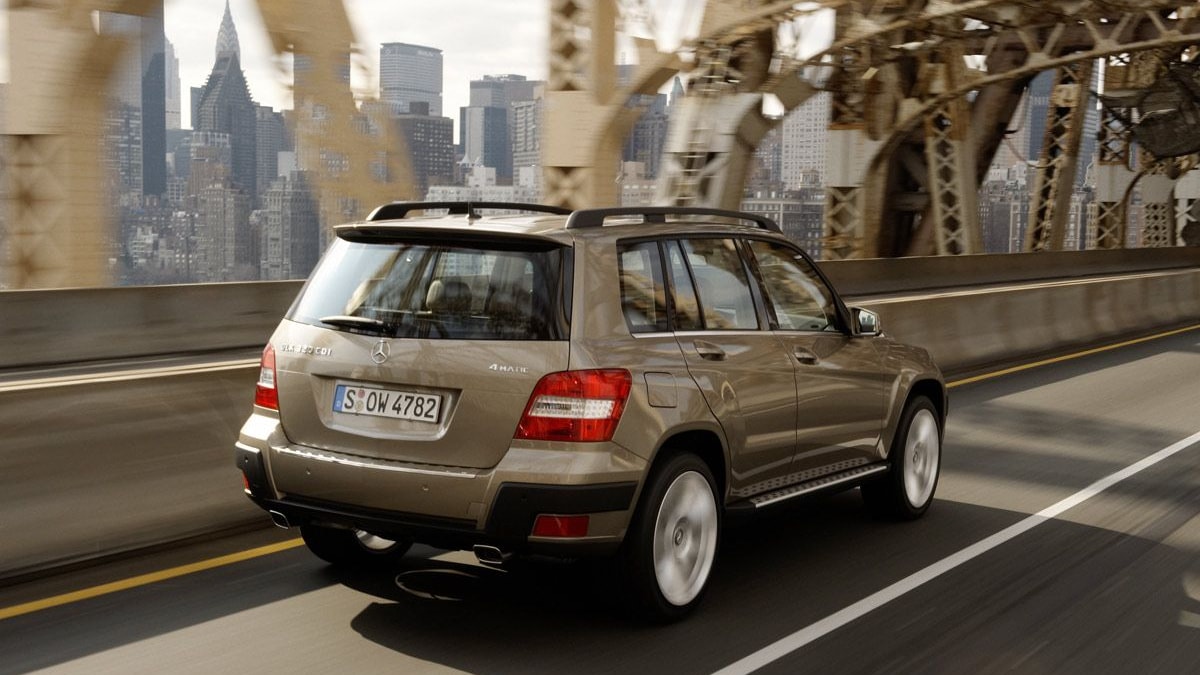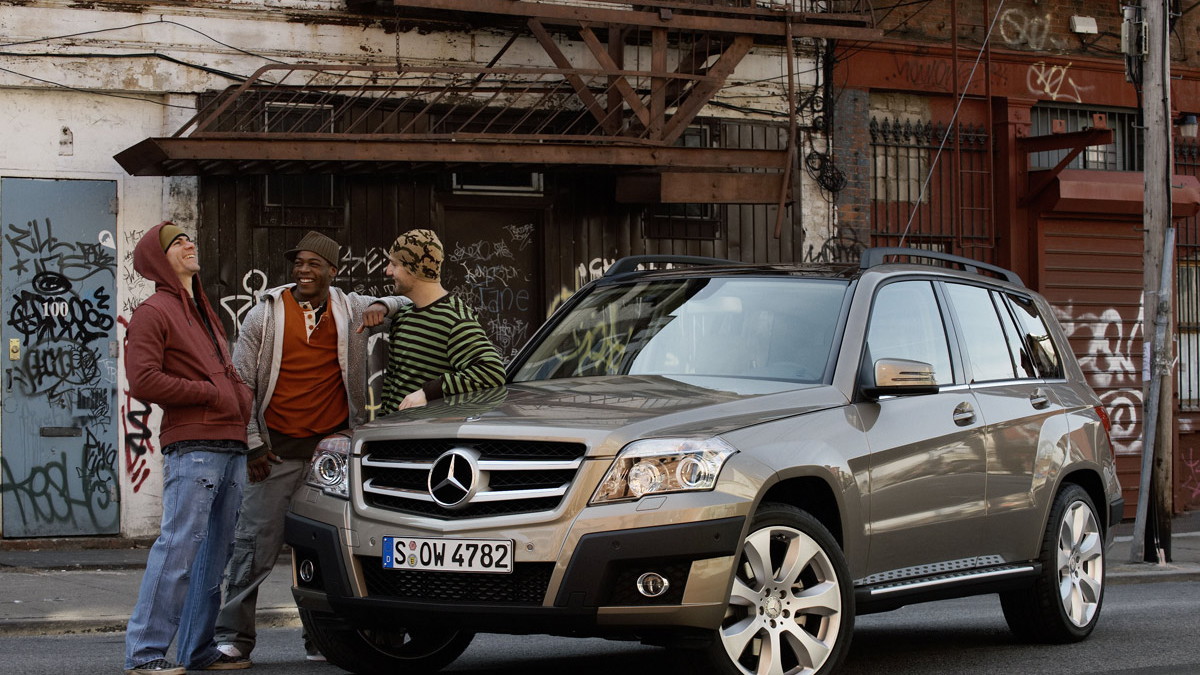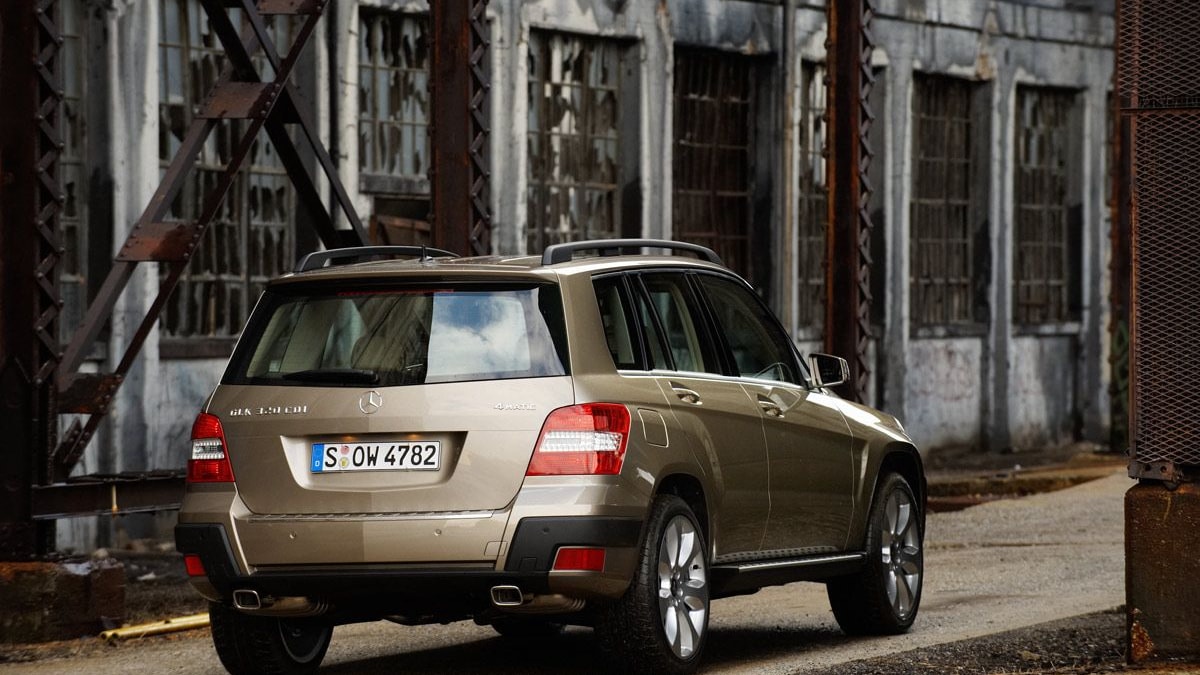Thomas Weber, board member of R&D for Mercedes' parent company, Daimler, has revealed that it is Daimler's goal to get "commonality as high as possible". Speaking with Automotive News, Weber explained that component sharing is prolific throughout the carmaker’s manufacturing process, citing that the Mercedes E and C-Class already share a staggering 50% of components.
Other examples given by Weber include some unlikely suspects. According to the German engineer, the new Mercedes GLK SUV (pictured) is “highly integrated with the C-Class” for both electronic and powertrain components and is even built on the same production line. Even the S-Class shares 5% of its components with the diminutive Smart ForTwo.
One of the key drawbacks of component sharing is the limitation it places on engineers, who are forced to work with a strict number of shareable elements rather than being free to create unique designs. Despite this, Daimler is pushing ahead with its drive for efficiency, with the hopes that eventually its manufacturing process will share powertrains, axles, brakes and electrical and electronics architecture across the 1.3 million vehicles built each year.





